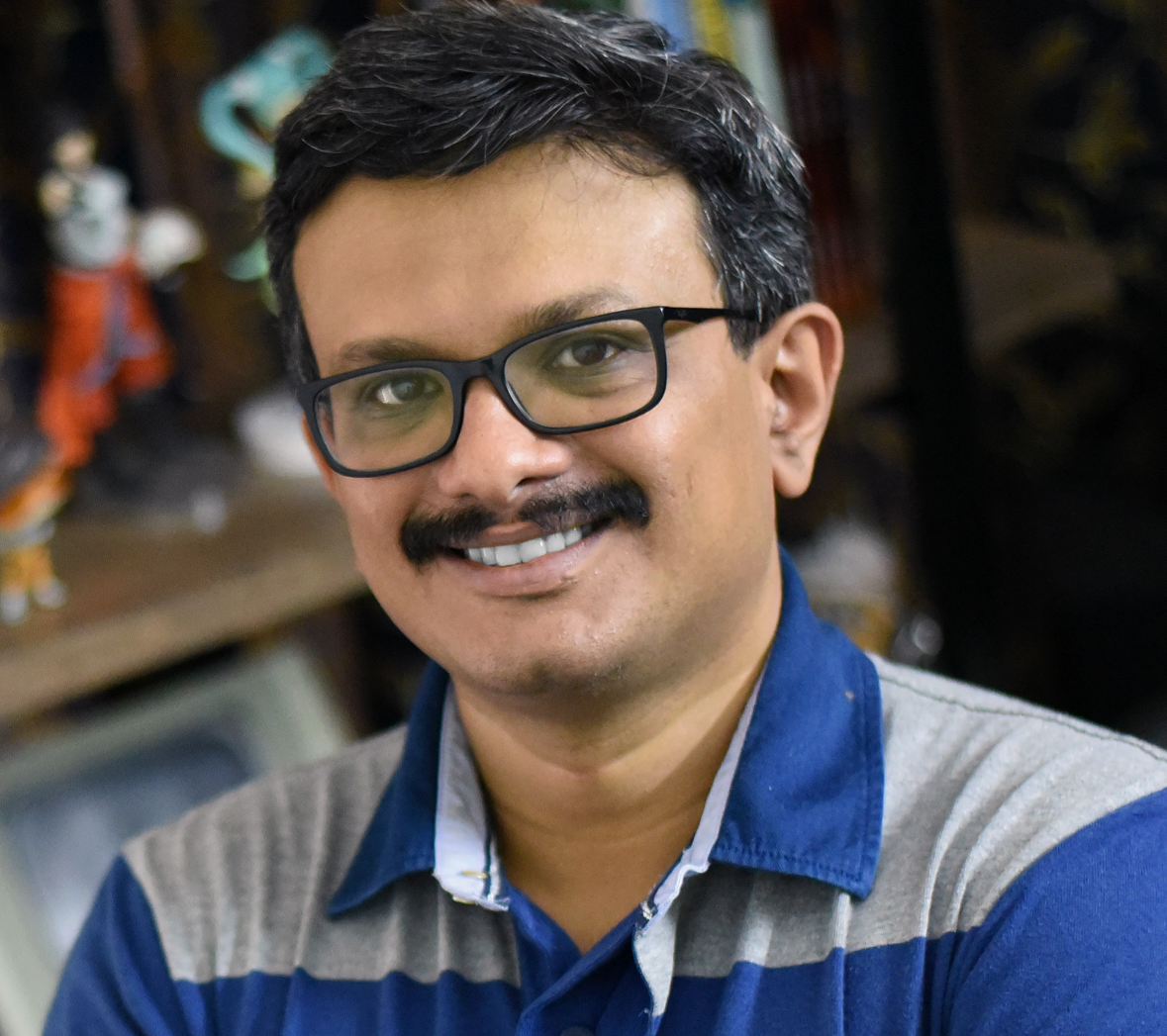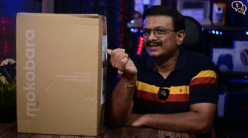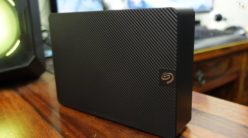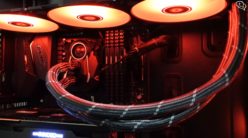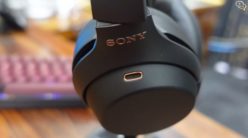
I don’t have much camera gear, but what I do have I would like to keep safe. Keeping it out open to the elements is not the safest place they can be. Your gear is prone to damage by humidity, which can damage the parts and your lenses due to fungal growth.So how do you protect your equipment? Here’s the solution.

I have with me the Andbon AD-30C dry cabinet. This is basically a dehumidifier, with shelves and slots to place your camera gear within. Humidity can damage your camera’s and lenses by encouraging fungal growth. Once fungus grows within your lens, you need to pay quite a bit to get it cleaned out, or can be damaged to a point of no repair. This mainly occurs if you leave your gear unused for long periods in cool dark spaces.
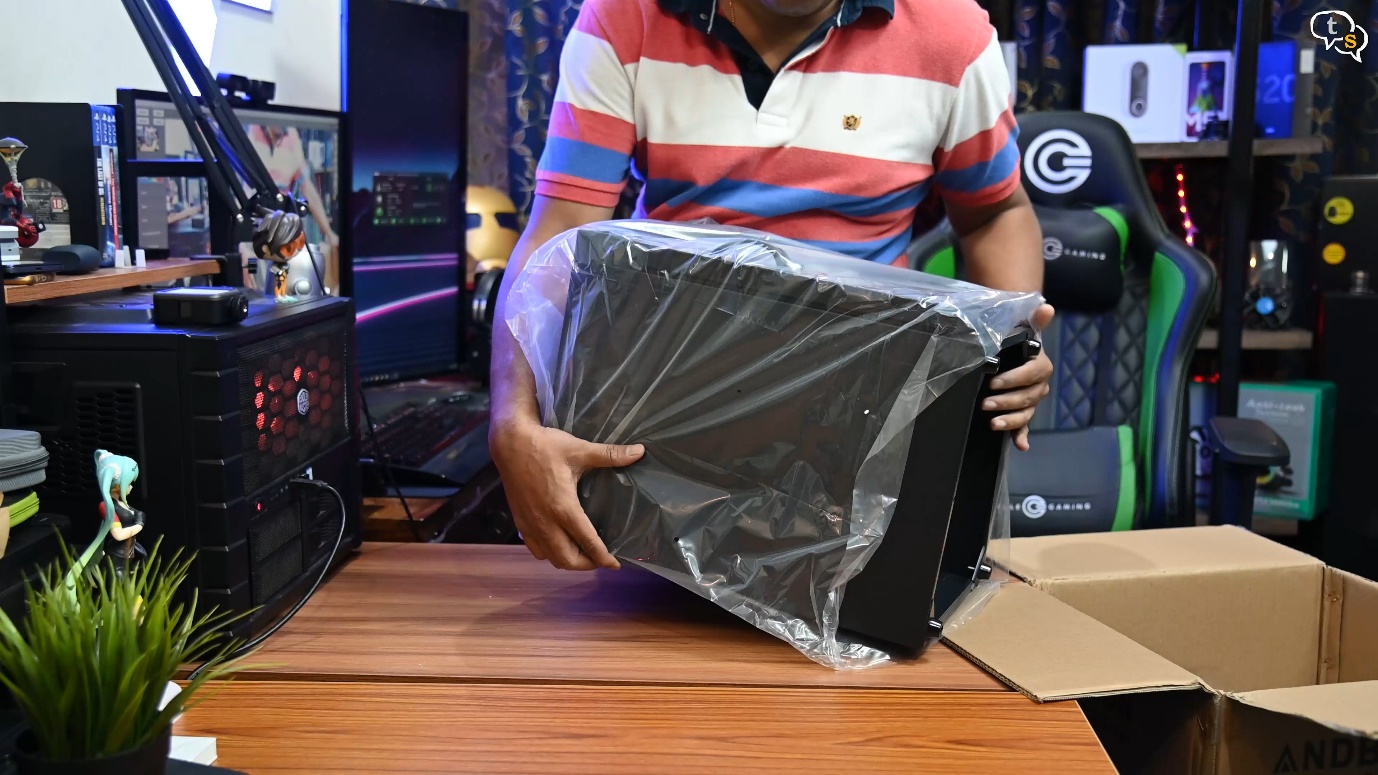
So how does this box help keep your gear safe? The basic premise is this cabinet removes the excess humidity from the air within thereby inhibiting the growth of fungus.

Here we are the Andbon Ad-30C, a small little cabinet. As I don’t have much gear this was big enough for me. We have a digital display on the top right displaying the temperature and the relative humidity in the cabinet.
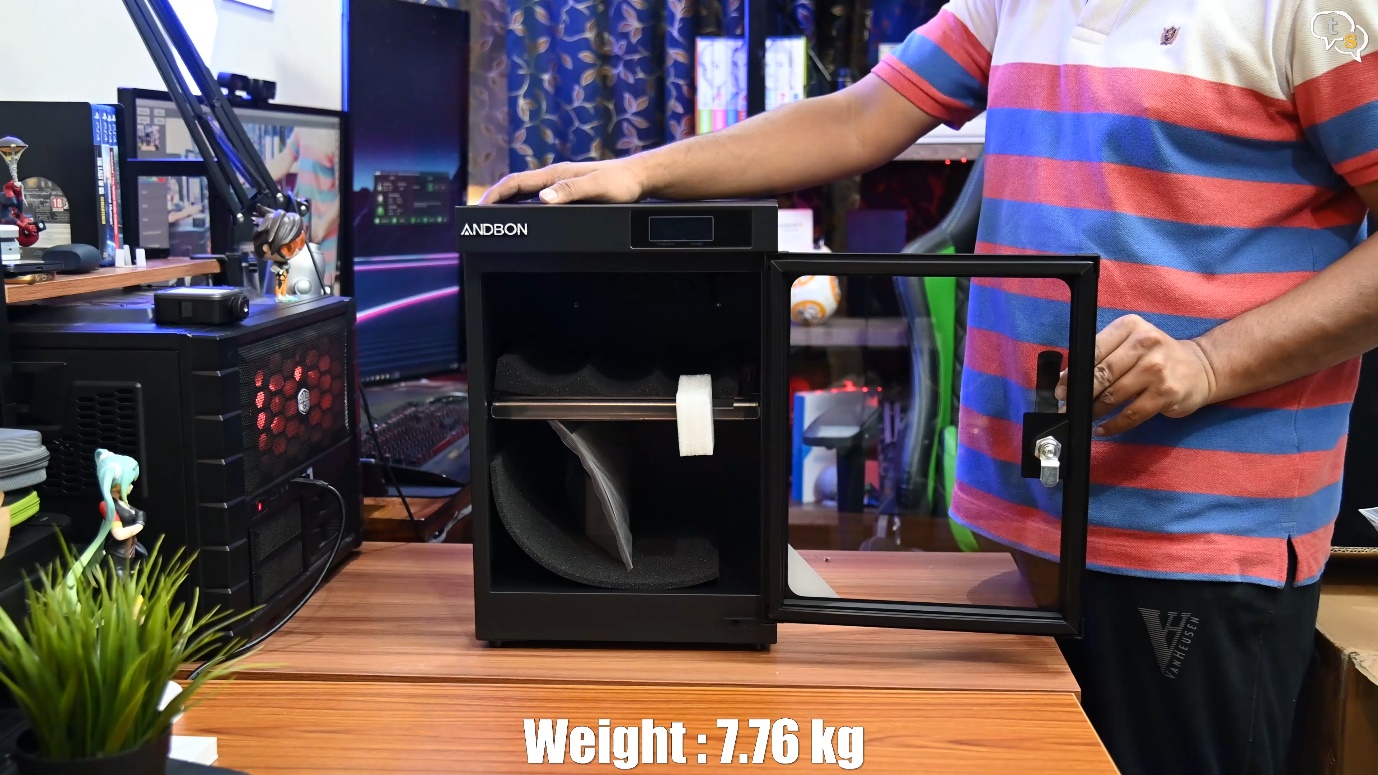
Simple cabinet, not that heavy made of metal. A handle is present in front with a locking mechanism, so you can keep your gear safe and also under lock and key.
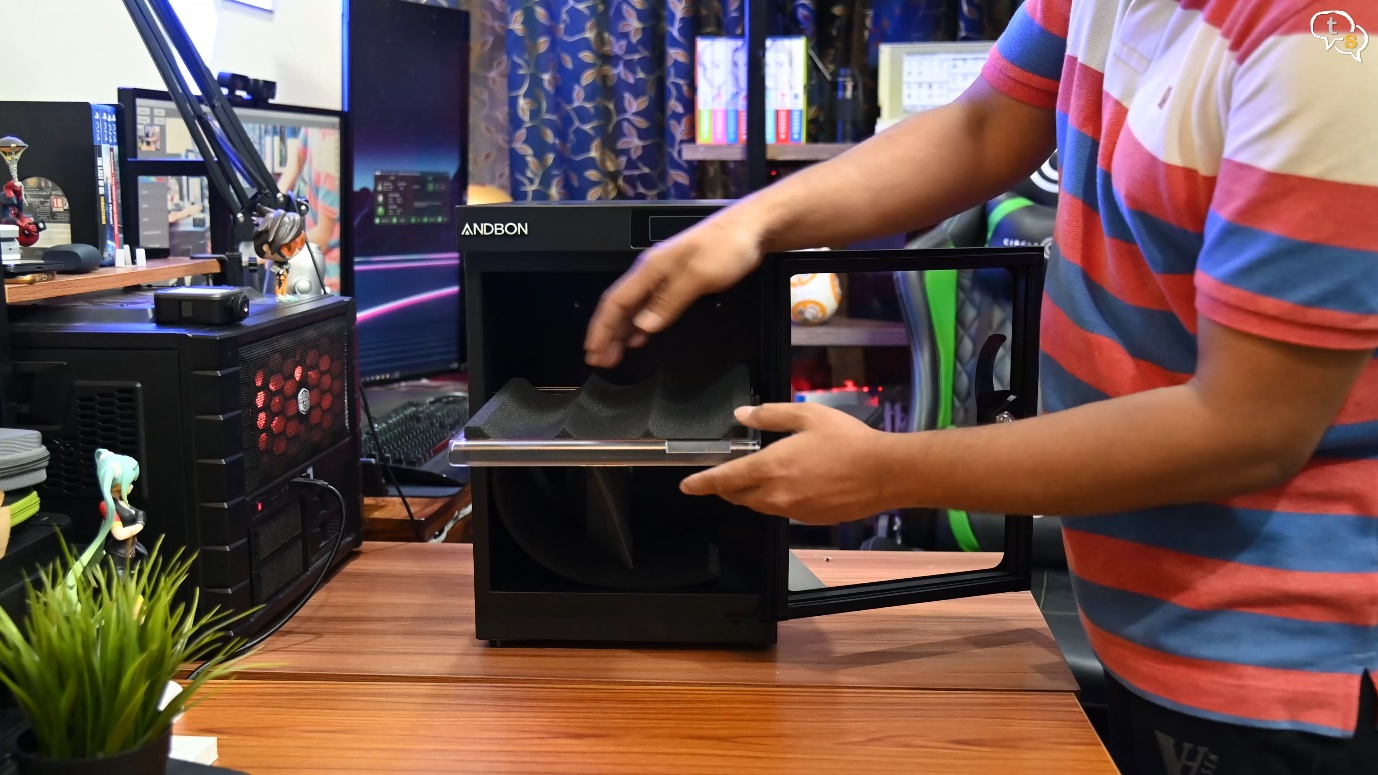
This shelf slides out for easy access, and the foam has contours for placing lenses within. We have three grooves.
This looks to be the power adapter. Ah here’s the key.
The lower shelf is where you would place your cameras.
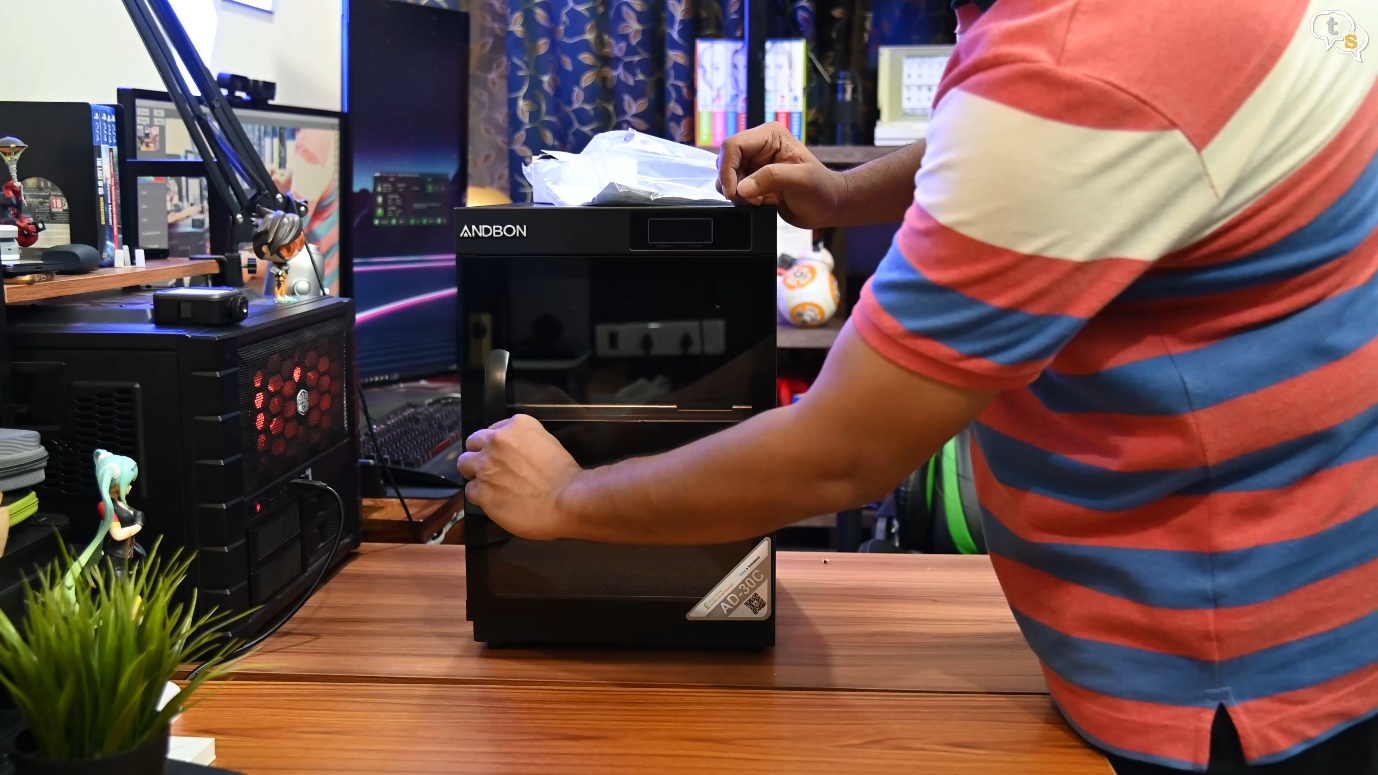
The door opens quite smoothly, and using the key we can lock the front like this. There it’s locked. Open and you have access to your gear again.

It uses a 5 volt power adapter to power the cabinet’s dehumidifier, which uses approximately 7-8 watts.
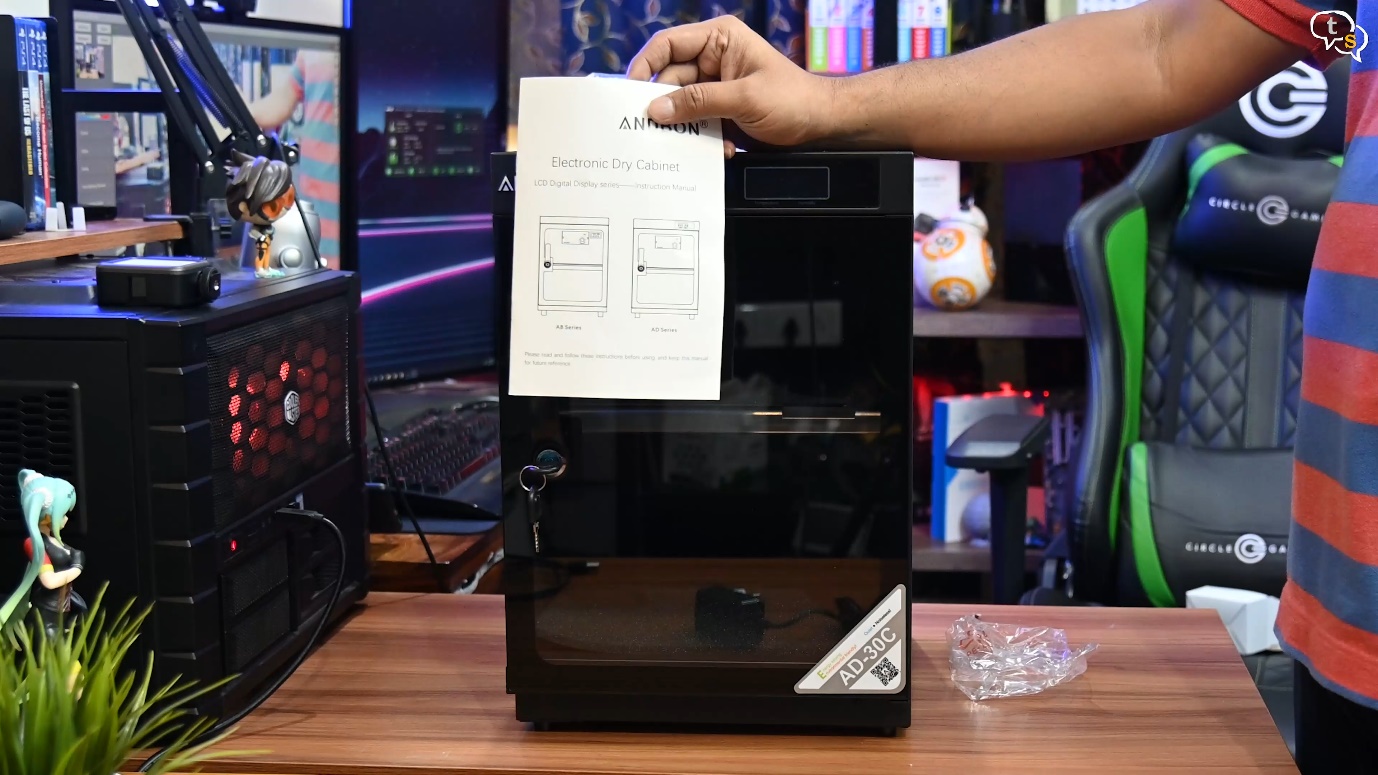
We have a manual which we don’t generally read, but I guess a read though is necessary as we need to know the correct setting the dehumidifier needs to be to protect our gear.
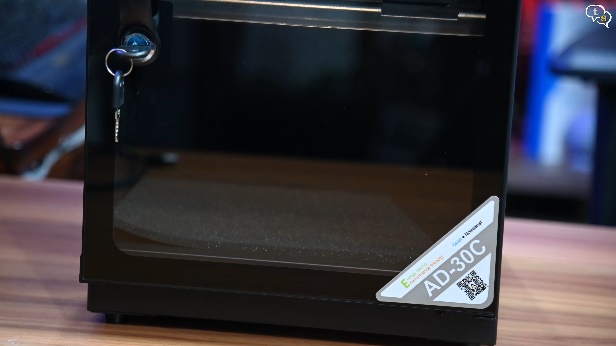
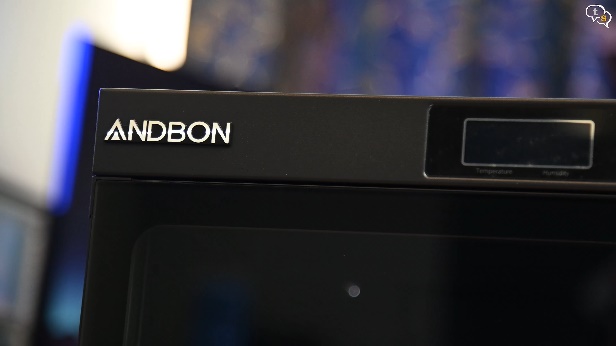
The cabinet looks quite stylish, not only are you protecting your gear, you also have a cool looking shelf for all your gear.

The bottom also has a foam sheet keeping your gear off the metal, so that you don’t scuff your equipment.
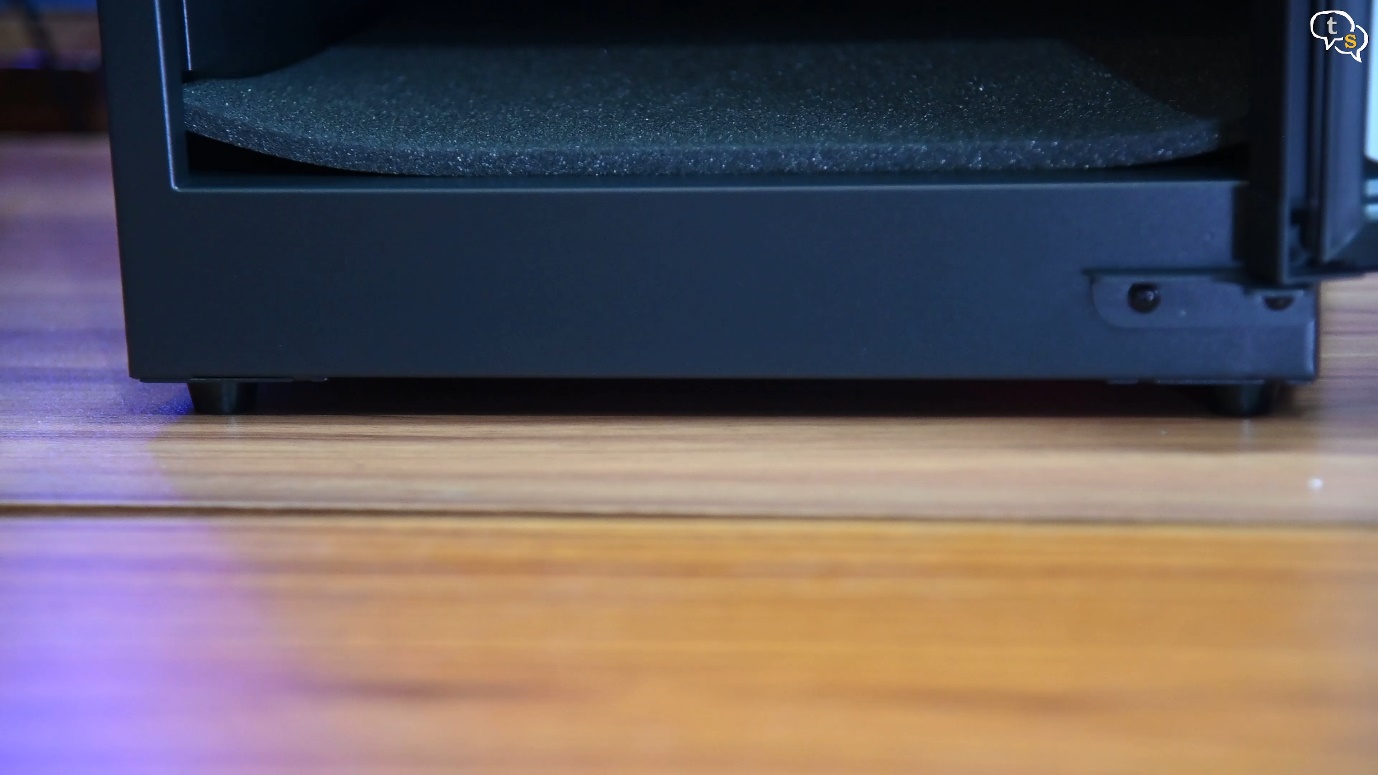
The feet keep the cabinet raised

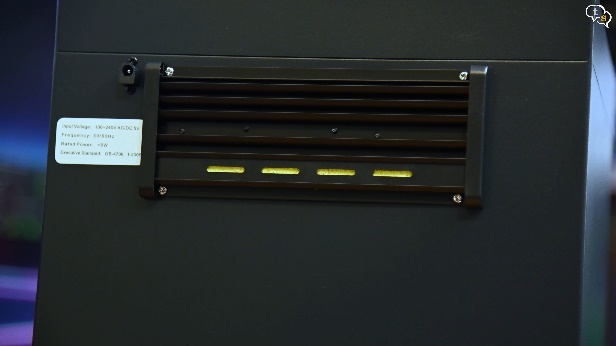
We have a humidity control knob at the back, set it to the relative humidity you need the cabinet to stay in.
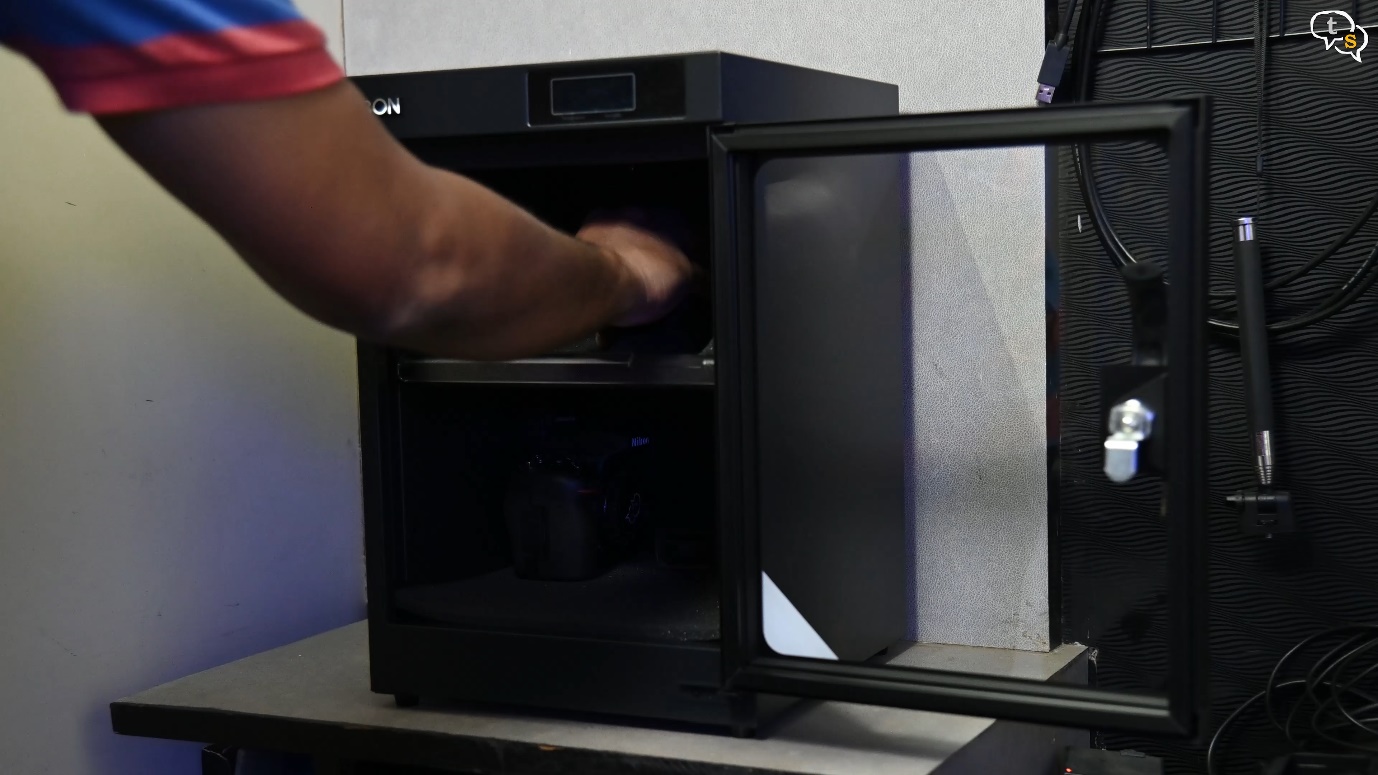
I was lucky the cabinet fit the corner I keep my cameras.
Let’s place my gear within, lenses and also the camera bodies.

I have two primes: a 35 and 55 mm f1.8, a tamron 70-300, and a 24-270 lens within the cabinet.

The camera is a Nikon d750, which is my secondary camera,
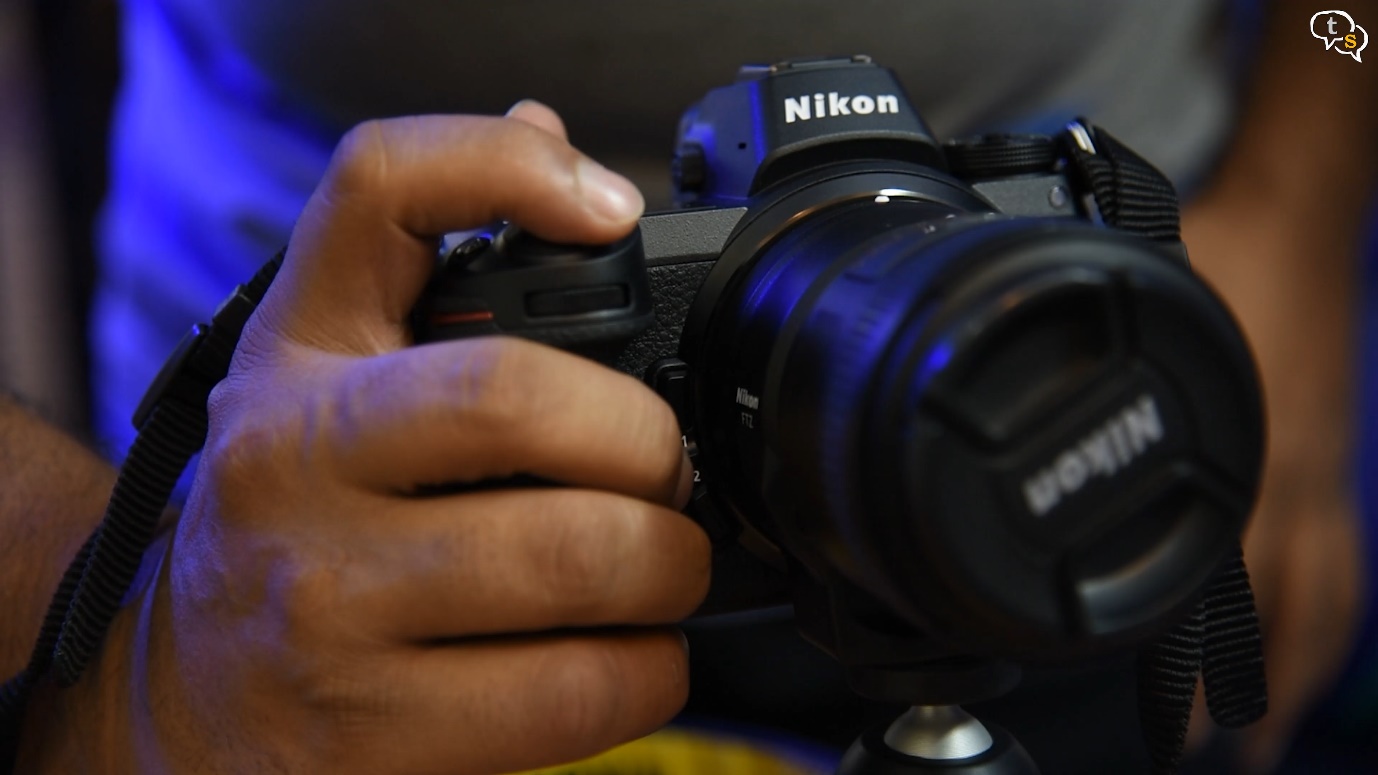
my Nikon Z6 the one i’m shooting this video with would also need to fit within.
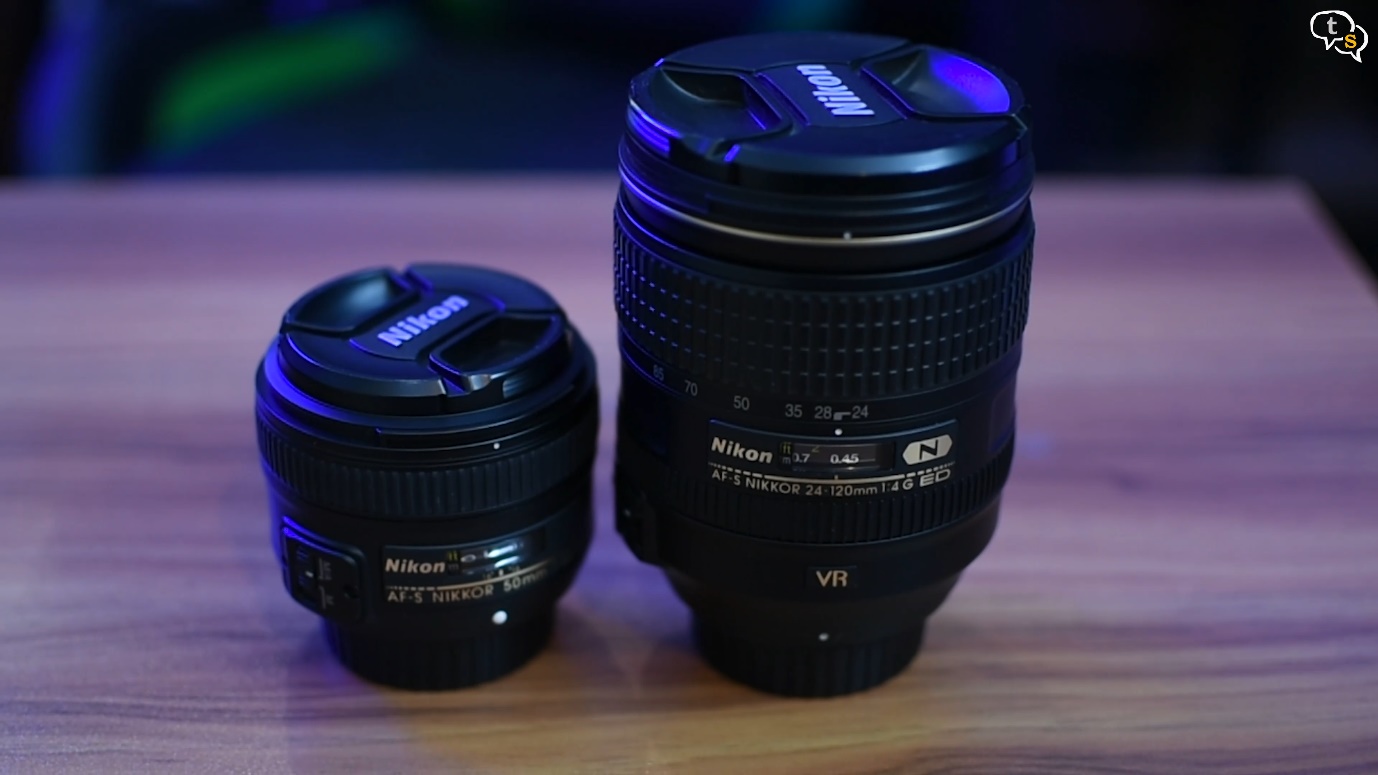
This camera also has a 24-120 lens which is long so hopefully i still have space within.
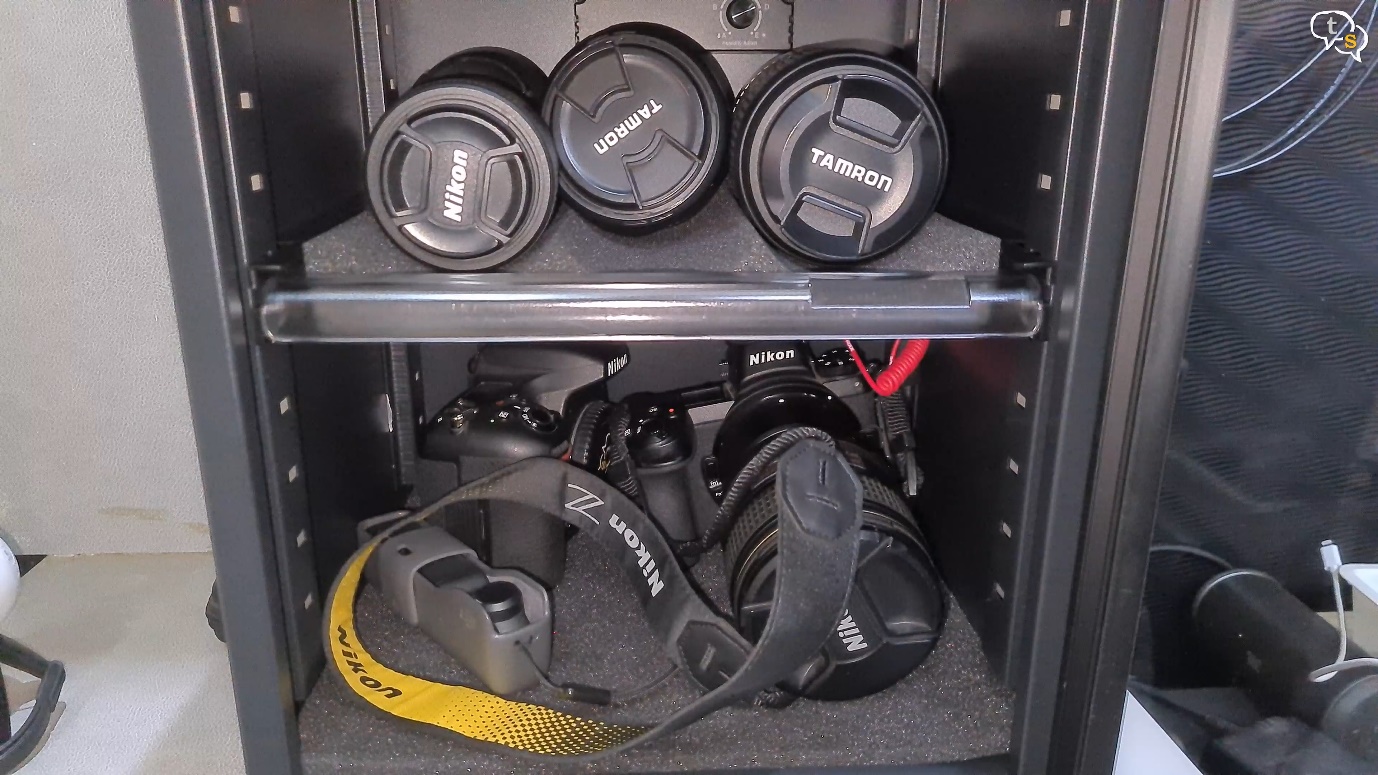
It fit in perfectly, I’m shooting using a phone and I’m glad all my gear fit within. There’s also an osmo pocket on the left as I had to place that in too.

The tray has a raised lip which prevents the lenses from moving forward or rolling off.

The tray with the contoured foam keeps the lenses from moving around or rolling over. It’s great for long lenses and mine seem to fit quite snugly.
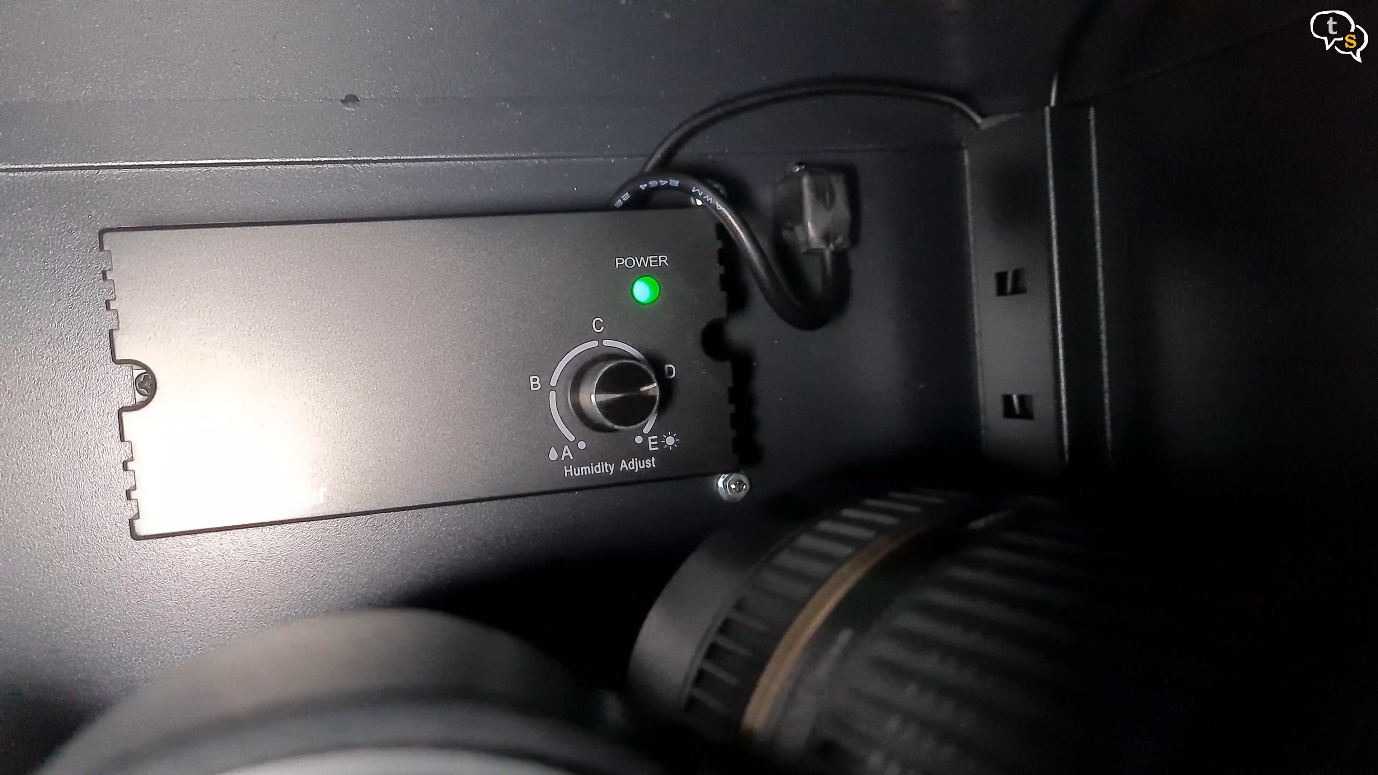
A little green light is all the indication we have that the humidifier is running. It makes no noise at all. The knob is used to set the humidity you want the cabinet to be at, this depends on the type of gear you have.
I chose between C and D as I would like a humidity of around 40-50%
You need to keep a gap of at least 5 centimetres on all sides for optimum efficiency.
So as dry cabinets go, do you really need a dry cabinet. That depends, do you have multiple camera gear which is being kept unused for a long time. If you place it out in the open or even your cupboards, the cool damp environment encourages fungal growth which can damage your expensive equipment. With cameras and lenses costing lakhs of Rs, investing in a dry box is a small price to pay for the longevity of your gear. If you are lucky to live in an area with low relative humidity you might get away just using a box with silicas gel within. But to make our job of keeping our gear safe easier, and making it look good to boot a dry cabinet is something.
I would suggest getting one of these dry cabinets especially if you have expensive equipment considering it’s only a fraction of the cost of your gear.

